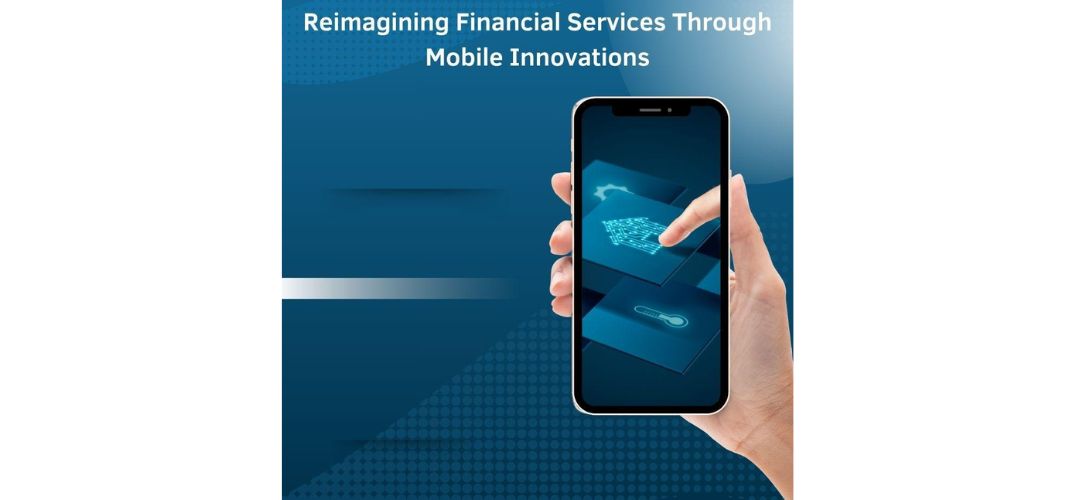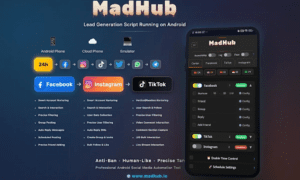In this digital world, mobile applications have fundamentally transformed banking, evolving from basic transaction tools into sophisticated systems driving customer engagement, operational efficiency, and financial inclusion. Jaspreet Kumar, a trailblazer in financial technology, highlights how these platforms have become indispensable in today’s digital landscape.
Revolutionizing Customer Interactions
Mobile banking applications have redefined the customer experience by offering convenience and accessibility. These platforms allow users to perform transactions, manage accounts, and access services anytime, anywhere. The focus on user-centric design ensures seamless interfaces, catering to diverse demographics, including those previously underserved by traditional banking models. By integrating advanced technologies such as real-time analytics and personalized financial recommendations, mobile applications enable customers to make informed decisions. Enhanced accessibility through intuitive interfaces has democratized banking, erasing geographical and temporal constraints.
Security: The Backbone of Trust
Security remains a cornerstone of mobile banking’s success. Robust frameworks featuring multi-layered security protocols protect sensitive financial data. Combined with two-factor authentication (2FA), these measures significantly reduce unauthorized access risks. End-to-end encryption ensures data remains protected throughout its transmission journey, preventing interception or tampering. Regulatory frameworks like GDPR and CCPA further instill trust by requiring transparency in data processing and compliance with stringent privacy standards. These measures collectively establish a foundation of security and reliability, critical to fostering user confidence in digital platforms.
Automation and Optimization in Banking
The integration of automation in mobile banking has revolutionized service delivery and operational efficiency. Automated workflows now manage routine tasks such as payment processing, compliance checks, and account reconciliation, minimizing manual intervention and associated errors. AI-powered chatbots, leveraging natural language processing, provide round-the-clock support, efficiently addressing customer queries and reducing response times. Backend optimization through cloud-native solutions and microservices architectures enhances reliability and processing speeds, ensuring uninterrupted service even during peak demands. Such advancements not only improve operational efficiency but also create a seamless customer experience.
Personalization Through Data Analytics
Data analytics has emerged as a transformative force in modern banking. By analyzing transaction patterns, app usage, and customer behaviors, financial institutions can derive insights to tailor services. Predictive modeling leverages historical data to anticipate customer needs, enabling proactive recommendations for financial products like loans, investments, and savings plans. Personalized financial insights, such as monthly budget tracking and spending analyses, empower customers to make informed decisions. These data-driven approaches foster deeper customer relationships and loyalty, distinguishing banks that prioritize personalization in a competitive marketplace.
Digital Transformation Accelerated by Crisis
The COVID-19 pandemic marked a pivotal moment for digital banking, accelerating the adoption of mobile applications. Social distancing and branch closures compelled customers, including traditionally reluctant demographics, to embrace mobile banking. Financial institutions responded by enhancing their digital platforms, focusing on features that supported contactless banking and remote services. Virtual consultations enabled complex financial discussions, such as loan planning and investment advice, to continue uninterrupted. Mobile applications were also adapted to facilitate access to relief programs, offering streamlined processes for payment deferrals and emergency loans. These innovations underscored the resilience and adaptability of mobile banking, cementing its role as an essential service.
Emerging Trends in Mobile Financial Services
Looking forward, mobile banking is poised to integrate cutting-edge technologies that will redefine the financial landscape. Quantum computing is anticipated to revolutionize transaction speeds and security protocols, while blockchain and decentralized finance (DeFi) platforms are driving the integration of cryptocurrency services. The Internet of Things (IoT) is enabling context-aware banking, where smart devices assist in managing finances. Edge computing, which processes data closer to the source, is expected to enhance application responsiveness and efficiency. These advancements promise a future where mobile banking platforms offer unparalleled functionality and security, maintaining their relevance in an evolving digital ecosystem.
In conclusion, Jaspreet Kumar emphasizes that mobile banking has become a cornerstone of the financial ecosystem, seamlessly blending advanced technologies, security, and user-centric innovations. These platforms have revolutionized financial services, transforming them into accessible and sophisticated tools for management. As the industry advances, their success hinges on balancing innovation with robust security, personalization, and intuitive design. Mobile applications will continue driving digital transformation, fostering inclusion, efficiency, and user satisfaction, solidifying their role as essential enablers of modern financial management.



































